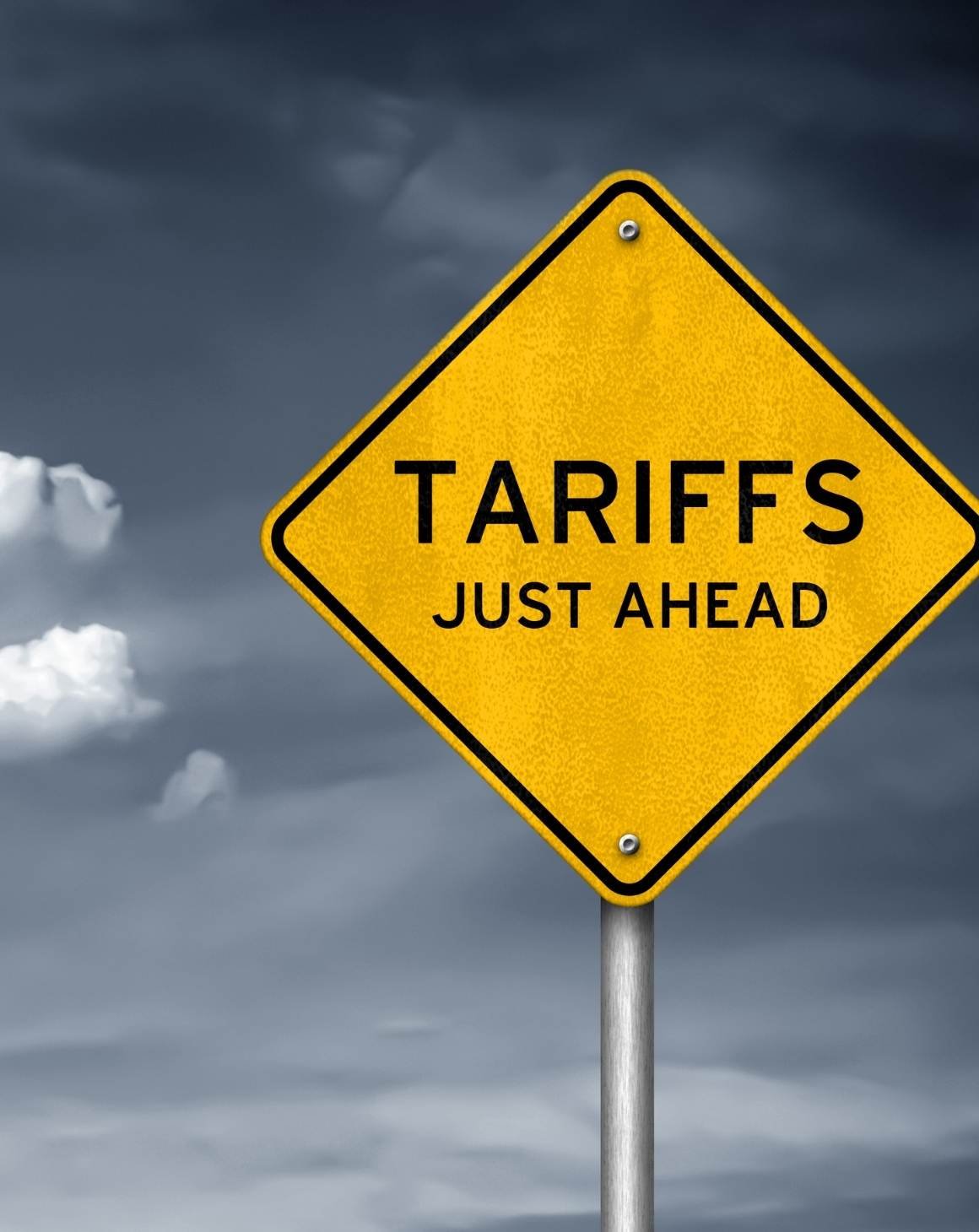Find the balance between keeping larger retailers happy while not disrupting your established reseller program.
So your brand just landed a significant deal with one of the world’s largest retailers — cue the confetti. This single deal could keep your brand afloat and provide the resources to continue expansion of the brand.
However, this can also pose a challenge.
Challenges
Either your brand has had a rigid reseller program in place to this point that has been successful in controlling sales and proper pricing for your products or months into your new relationship you have noticed your desperate need for control of your brand’s presence and are trying to implement a reseller program going forward.
The challenge, as experienced by several brands we’ve worked with over the years, is that this brand-retailer relationship is skewed to the tenth degree, and, without the leverage large brands such as an Under Armour or Craftsman would have, you have no real recourse to illicit compliance from the Walmart’s of the world with your MAP policy—a key element of your reseller program.
To take this further, that lack of leverage means that, whether of their own doing or in response to competitor pricing scraped online, they very well may set your products’ prices at levels detrimental to every other retailer you work with. This, in turn, would cause other retailers to complain and/or match prices seen on the large retail site (particularly if an auto-pricing tool is used to price match on the relevant product). When retailers lose margin they lose their interest in your brand and your control can spiral.

Solutions
Depending on the priorities of your particular brand the wants/needs stated by the large retailer at issue, there are three solutions that would allow you to both operate a legitimate reseller program and maintain the relationship with your retail partner.
Create a white label brand name for the products/product line sold through the large retailer.
One tactic that is commonly utilized by clever manufacturers and retailers to limit the risk of price-matching, consumer price shopping, and brand deterioration is white labeling. Your brand and the large, key retailer could come to an agreement to continue the arrangement established with one change—the brand name of the items. By white labeling the items , your brand could maintain the integrity of the reseller program in place for your primary brand name, while allowing the retailer to sell the differently branded items pursuant to their particular pricing structure without disrupting your other retailers.
Leave those “big retailer” items off your brand’s MAP policy.
In a situation in which a large retailer is either the exclusive or the “primary-by-far” retailer of a certain subset of your brand’s products, one possible solution would be to maintain your reseller policies and program as-is and simply remove those items from the MAP list attached to your MAP policy. This would allow the retail partner to sell as desired without allowing them to violate your MAP policy and, thereby, your reseller program. You wouldn’t need to play favorites because that item doesn’t even fall under your pricing policy.
Chop up your product lines by channel.
Remember, you can have variances within your individual reseller agreements in place with retailers. Prohibiting the sale of item X in some agreements while providing exclusivity for sales of item X with your retail partner is your prerogative. The key features of the reseller program to maintain in uniformity as they relate to your trademark(s) are your material differences possessed by products sold properly through authorized retailers. This doesn’t mean that every retailer is or is able to sell the same product assortment. By segmenting your products per channel (or at least reserving a subset of products that only the large retailer can sell), you similarly avoid the price-matching and margin spiraling with other retailers and maintain your brand integrity within the reseller program.








.png)
.png)
